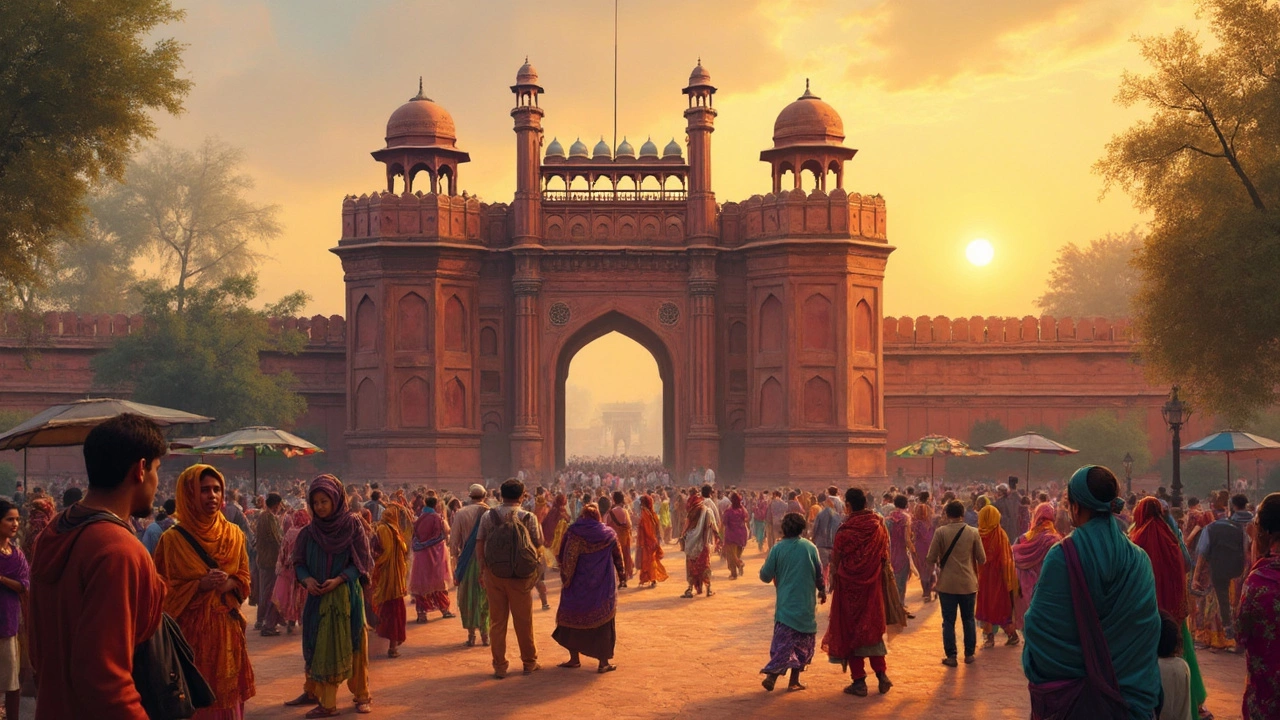UNESCO Sites in India: What to See and How to Visit Responsibly
When you think of UNESCO sites, world-renowned places recognized for their cultural or natural importance by the United Nations Educational, Scientific and Cultural Organization. Also known as World Heritage Sites, they’re not just tourist spots—they’re living pieces of history, nature, and human ingenuity that need careful care. India holds 43 of them, more than any country in South Asia. These aren’t just old buildings or forests. They’re stepwells that once fed entire villages, temples carved into mountains, sacred groves where wildlife still thrives, and monuments built with precision that still leaves engineers amazed.
Many of these sites are tied to cultural tourism, travel focused on experiencing local heritage, traditions, and history. Think of the Taj Mahal—not just as a pretty building, but as a symbol of love, craftsmanship, and Mughal empire power. Or the Khajuraho temples, where art tells stories of daily life, spirituality, and human connection. Then there are natural sites like the Western Ghats, a mountain range so rich in plants and animals that scientists still find new species there. These places aren’t just on a map—they’re part of living ecosystems and communities that depend on them.
What makes these sites different from regular attractions is how they’re protected. Unlike a theme park, you can’t just walk in and take selfies without thinking. Many require permits, have strict entry times, or limit daily visitors. Some temples on the list still function as active places of worship—so dress codes and rituals matter. You don’t need to be an expert to visit, but you do need to be respectful. That means knowing when to remove shoes, what to avoid photographing, and how to support local guides instead of just buying souvenirs from chain shops.
And here’s the thing: most of the posts you’ll see below aren’t just lists. They’re real stories. One breaks down why Nagpur is called the Heart of India—not just because it’s the center on a map, but because it’s a gateway to lesser-known heritage spots. Another explains how to visit the Taj Mahal without joining the crowd. There’s even one that connects the mystery of the Ark of the Covenant to temple tours in India, showing how global myths sometimes overlap with local traditions. You’ll find guides on trekking routes near heritage zones, tips on staying healthy while exploring ancient cities, and even how to plan a trip without overspending.
These aren’t just travel tips. They’re tools to help you move through these places with more awareness, less impact, and deeper meaning. Whether you’re standing under the dome of a 16th-century mosque or hiking through a forest older than most European castles, you’re not just seeing history—you’re part of its next chapter. The question isn’t just which site to visit first. It’s how you’ll leave it when you’re done.
